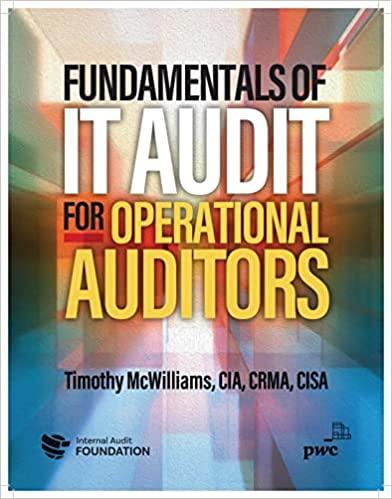Answered step by step
Verified Expert Solution
Question
1 Approved Answer
1. A line of credit is an agreement to provide long-term financing, typically made with a bank or a group of banks. True False 2.
 1. A line of credit is an agreement to provide long-term financing, typically made with a bank or a group of banks. True False 2. Amounts withheld from employees in connection with payroll often represent liabilities to be remitted to third parties. True False 3. A customer advance produces a liability that is satisfied when the product or service is provided. True False 4. Revenue is recognized upon sale of gift cards, rather than being deferred. True False 5. A company should accrue a liability for a loss contingency if it is at least reasonably possible that assets have been impaired and the amount of potential loss can be reasonably estimated. True False 6. A disclosure note is required for all material loss contingencies for which the probability of loss is reasonably possible. True False 7. An asset for a gain contingency should not be accrued unless it is probable that the gain contingency will be realized. True False 8. Unlike the Social Security tax there is no maximum wage base for the Medicare portion of the FICA tax. True False 9. An unused line of credit is not a liability. True False 10. The rate of interest that is actually incurred on a note payable is the stated rate. True False
1. A line of credit is an agreement to provide long-term financing, typically made with a bank or a group of banks. True False 2. Amounts withheld from employees in connection with payroll often represent liabilities to be remitted to third parties. True False 3. A customer advance produces a liability that is satisfied when the product or service is provided. True False 4. Revenue is recognized upon sale of gift cards, rather than being deferred. True False 5. A company should accrue a liability for a loss contingency if it is at least reasonably possible that assets have been impaired and the amount of potential loss can be reasonably estimated. True False 6. A disclosure note is required for all material loss contingencies for which the probability of loss is reasonably possible. True False 7. An asset for a gain contingency should not be accrued unless it is probable that the gain contingency will be realized. True False 8. Unlike the Social Security tax there is no maximum wage base for the Medicare portion of the FICA tax. True False 9. An unused line of credit is not a liability. True False 10. The rate of interest that is actually incurred on a note payable is the stated rate. True False Step by Step Solution
There are 3 Steps involved in it
Step: 1

Get Instant Access to Expert-Tailored Solutions
See step-by-step solutions with expert insights and AI powered tools for academic success
Step: 2

Step: 3

Ace Your Homework with AI
Get the answers you need in no time with our AI-driven, step-by-step assistance
Get Started


